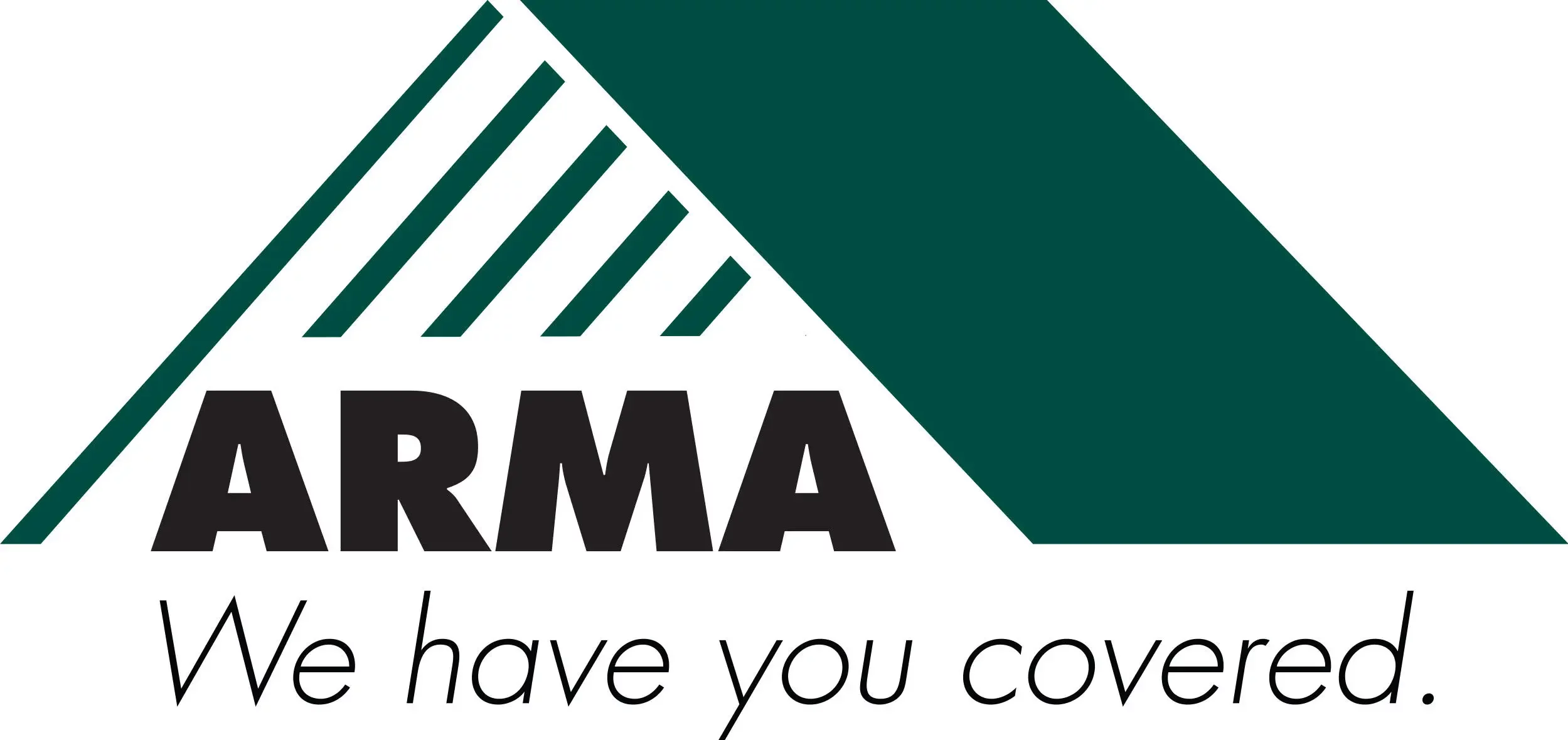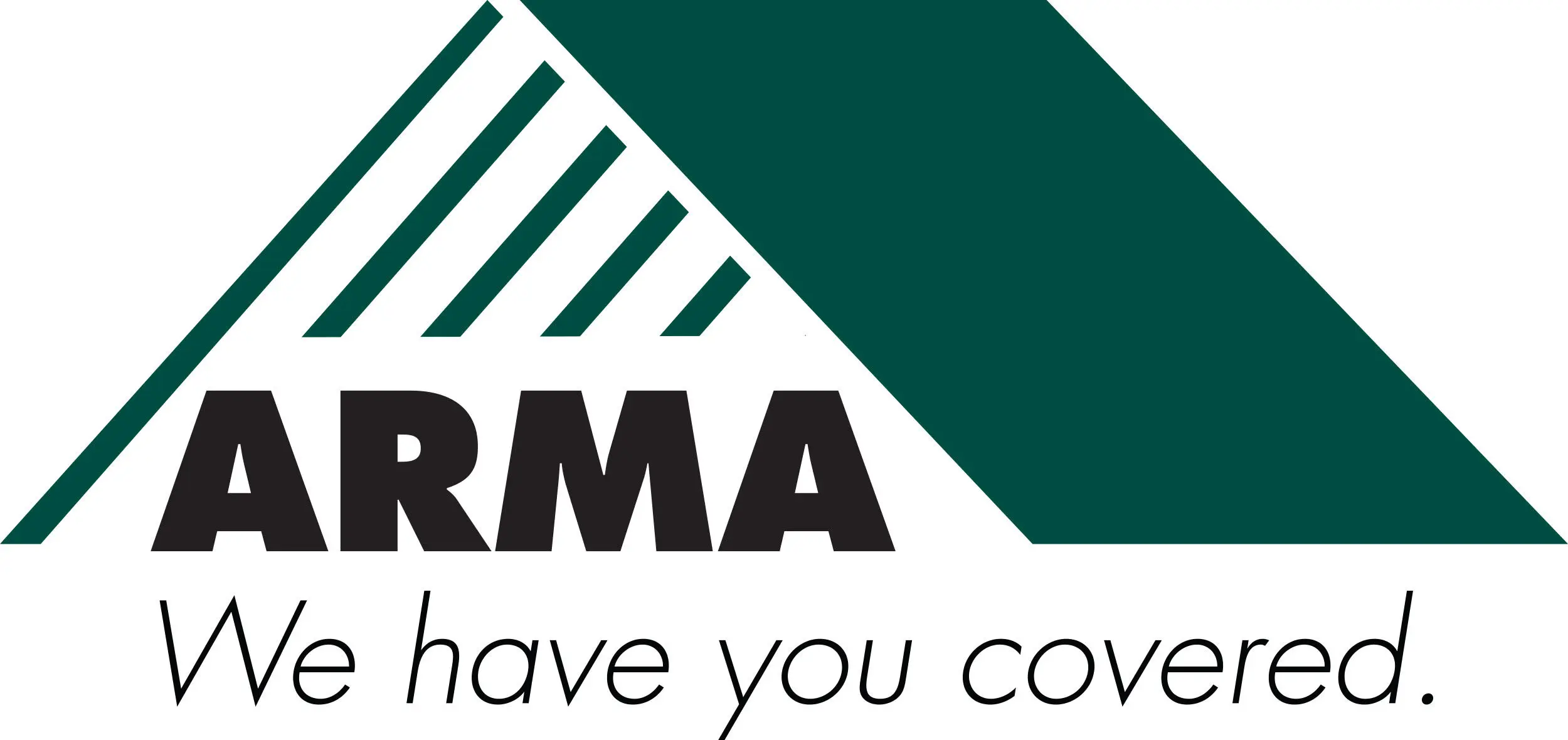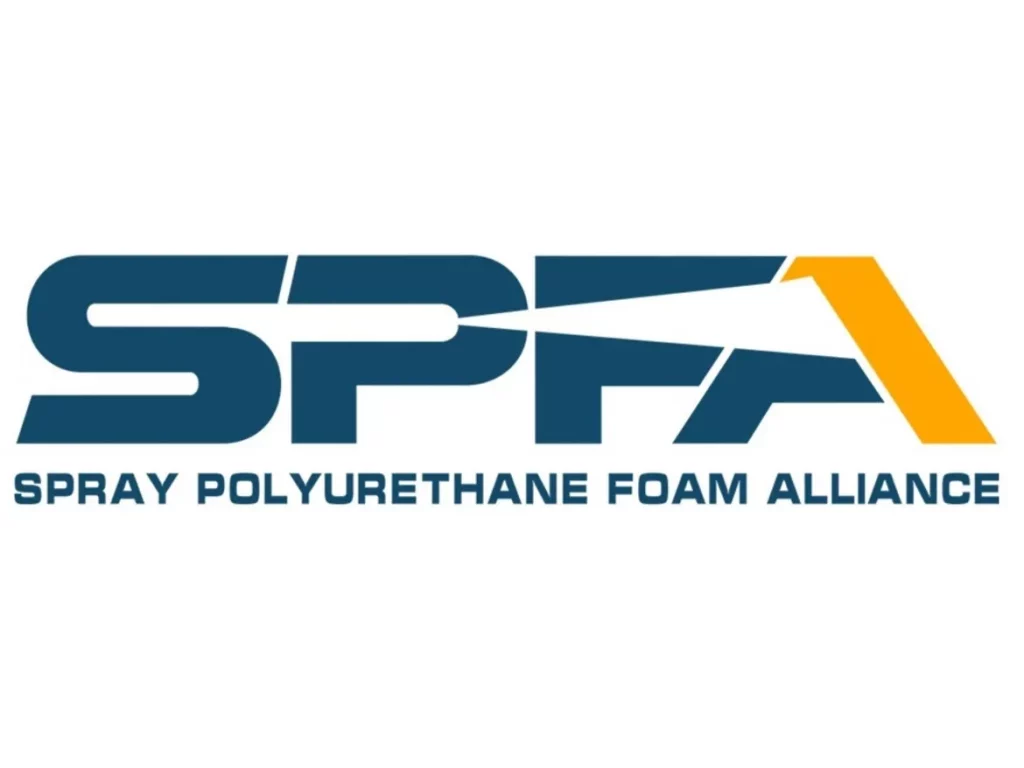Spray foam insulation is a highly effective solution for improving energy efficiency, reducing noise, and enhancing indoor comfort. Whether for residential or commercial use, understanding its cost helps in making informed decisions. Several factors influence the overall expense, including material type, coverage area, installation complexity, and labor costs. This guide breaks down these elements and provides a pricing framework to estimate project expenses accurately.
Factors Affecting Spray Foam Insulation Costs
1. Type of Spray Foam: Open-Cell vs. Closed-Cell
The two primary types of spray foam insulation differ in cost and performance:
- Open-Cell Foam: This lightweight, flexible option expands more, requiring less material. It costs between $0.44 and $0.65 per board foot but offers a lower R-value (insulating power) than closed-cell foam.
- Closed-Cell Foam: Denser and more rigid, this type provides superior insulation and moisture resistance. It costs between $1.00 and $1.50 per board foot but has a higher R-value, making it suitable for extreme weather conditions.
2. Area to Be Insulated
Spray foam pricing is measured in board feet, calculated as:
[ Square Footage x Desired Thickness (in inches) = Board Feet ]
A professional installer can determine the exact coverage needed, but in general:
Area Type | Estimated Cost Range |
|---|---|
Attic | $1,500 – $6,000 |
Walls | $1,000 – $4,500 |
Basement | $1,500 – $5,500 |
Garage | $1,200 – $4,000 |
3. Installation Complexity
Factors like building structure, accessibility, and obstacles impact labor costs. A standard installation runs between $50 and $100 per hour, with complex projects requiring additional time and labor.
4. Thickness and R-Value Requirements
The required insulation thickness depends on climate and local building codes. The R-value per inch varies by spray foam type:
- Open-Cell: R-3.5 to R-4 per inch
- Closed-Cell: R-6 to R-7 per inch
For colder climates, thicker insulation is necessary, increasing costs accordingly.
5. Labor and Professional Installation
While DIY kits are available, professional installation ensures proper application and energy savings. Labor can account for 30%–50% of the total cost, with professionals charging between $2 and $5 per square foot for installation.
Cost Estimates Based on Home Size
Home Size | Estimated Cost (Closed-Cell) |
|---|---|
1,000 sq. ft. | $2,500 – $5,000 |
1,500 sq. ft. | $3,500 – $7,500 |
2,000 sq. ft. | $4,500 – $9,000 |
2,500 sq. ft. | $5,500 – $11,000 |
Additional Costs and Considerations
1. Removal of Old Insulation
If replacing existing insulation, removal costs range from $1 to $3 per square foot.
2. Permits and Regulations
Some local jurisdictions require permits for spray foam installation. Fees vary but generally range from $50 to $300.
3. Energy Savings and ROI
Spray foam insulation can reduce energy bills by 30% to 50%, making it a long-term investment with significant savings over time.
What to Expect During Installation
A professional installation typically involves:
- Preparation: Covering surfaces and sealing leaks.
- Application: Spraying foam in layers to build the desired thickness.
- Curing Time: Foam expands and sets within 24 hours.
- Post-Installation Check: Inspecting coverage and ensuring proper sealing.
Finding Reliable Installers
For accurate estimates and quality service, work with experienced professionals. Contact Arma Coatings for a detailed quote and expert guidance. Call (316) 779-2430 or email [email protected] to discuss your project.
FAQs
How much does spray foam insulation cost per square foot?
Open-cell costs $0.44 to $0.65 per board foot, while closed-cell ranges from $1.00 to $1.50 per board foot.
Can I install spray foam insulation myself?
DIY kits are available but may not provide the same efficiency as professional installation. Mistakes can lead to energy loss or moisture issues.
How long does spray foam insulation last?
Properly installed spray foam can last 50 years or more, maintaining its insulating properties over time.
Is spray foam insulation safe?
Yes, once cured, spray foam is non-toxic. However, during installation, proper ventilation and protective gear are required.
How does spray foam compare to fiberglass insulation?
Spray foam provides better air sealing, higher R-values, and greater durability than fiberglass. It also prevents mold and moisture buildup.
Does spray foam insulation increase home value?
Yes, improved energy efficiency and insulation can make a home more attractive to buyers, potentially increasing its resale value.
What areas of a home benefit most from spray foam insulation?
Attics, crawl spaces, walls, basements, and garages benefit most, as these areas commonly experience energy loss.
How soon can I re-enter my home after installation?
Ventilation is recommended for 24 to 48 hours after installation to allow the foam to fully cure.
Will spray foam help with noise reduction?
Yes, open-cell spray foam is particularly effective in reducing noise transmission between rooms and floors.
How do I get a quote for my home?
Contact Arma Coatings at (316) 779-2430 or [email protected] for a personalized estimate.





